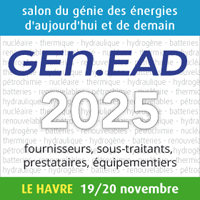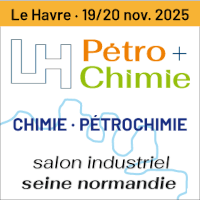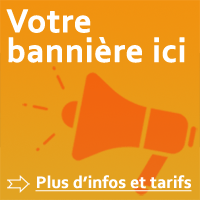juil.
15
2009 | Siemens supports the Desertec initiative with environmentally friendly technology
Along with other industrial companies, Siemens Energy is participating in the Desertec initiative to provide sustainable power to Europe, the Middle East and North Africa. A corresponding Memorandum of Understanding was signed today in Munich. Environmentally friendly power generated at solar thermal power plants in the Sahara and wind farms in North Africa is to be transported to the load centers where the power is needed. A technical and financial concept will be developed.
"Desertec is a visionary project that can make a substantial contribution to sustainable power supply in the future energy mix," stated René Umlauft, CEO of the Renewable Energy Division at Siemens Energy. "The Desertec project unites sustainability, technological competence and visionary entrepreneurship – and precisely these features have been our strong points for more than 160 years. Siemens, with its broad portfolio of components for solar power plants, wind turbines and highly efficient power transmission, is the perfect technology partner for Desertec," adds Umlauft.
The potential is enormous. The earth's desert regions receive more energy in a mere six hours than mankind consumes within an entire year. In the Sahara, the sun shines 4,800 hours per year, providing the potential to generate clean solar power. As a comparison, this is roughly three times more than in Germany. Solar power plants covering an area of 300 km by 300 km could meet the worldwide energy needs. The Desertec initiative aims to meet 15 to 20 percent of the European power demand using solar- and wind-based electricity by 2050.
Siemens offers a broad spectrum of environmental technologies, including solar thermal power plants photovoltaic plants, wind turbines and high-efficiency power transmission technology. Solar thermal power plants have been employed to generate environmentally friendly electricity for over 20 years and are currently experiencing a boom. Siemens is also the market leader for steam turbines for solar thermal power plants. With its share in the Italian company Archimede Solar, Siemens offers a future-oriented technology for solar receivers, which are also a key component for these power plants. The combination of these two technologies will allow Siemens to enhance the efficiency of these plants even further, which will ultimately lead to a reduction in the production costs of solar power.
Countries such as Morocco or Egypt also offer excellent potential for utilization of wind power. Siemens is among the leading suppliers of wind turbines in the world and is already the market leader for offshore wind farms.
Electricity generated in the desert regions of the Desertec project would then have to be transported over a distance of around 2,000 km from North Africa to consumers in Europe. Such distances pose no problem for high-voltage direct current (HVDC) transmission technologies. An HVDC project implemented by Siemens in China, for example, involved the transmission of 5,000 megawatts (MW) generated by hydro power plants in the country's interior to megacities on the coast, located 1,400 km away. Thanks to this "electricity highway”, 95 percent of the power arrives at the load centers. By contrast, using traditional AC lines, approximately 400 MW would be lost during transmission, equal to the output of a medium-sized power plant or 160 wind turbines. These low transmission losses reduce the amount of CO2 released into the environment by three million metric tons per year.
Steam turbines and receivers for solar thermal power plants, as well as wind turbines and innovative HVDC transmission technology, are all part of the Siemens environmental portfolio. In fiscal 2008, revenue from products and solutions of the Siemens Environmental Portfolio was nearly EUR19 billion – roughly a quarter of Siemens’ total revenues
Source : Communiqué SIEMENS
Voir la fiche de l'entreprise SIEMENS
| |
|
|






  
|